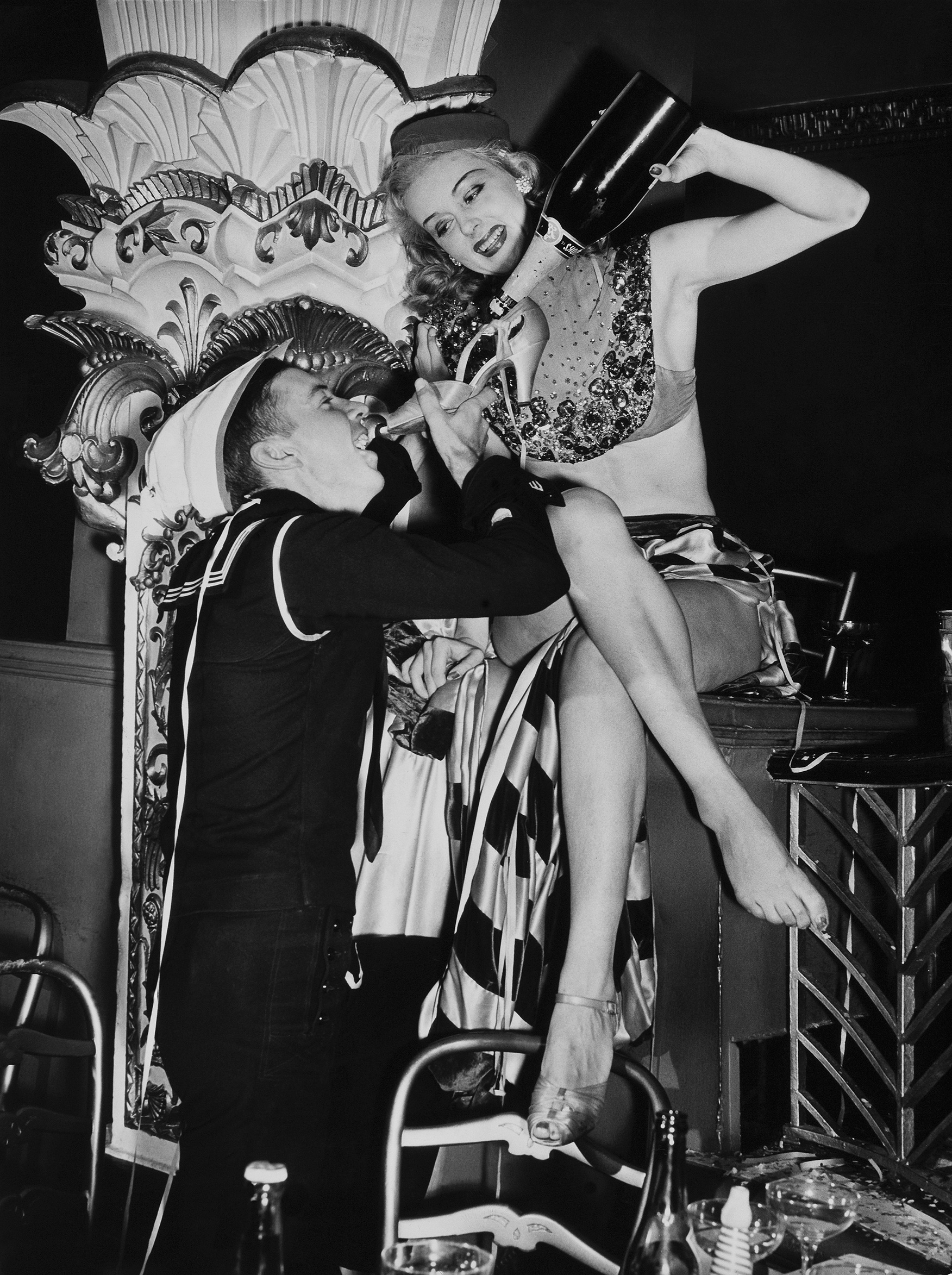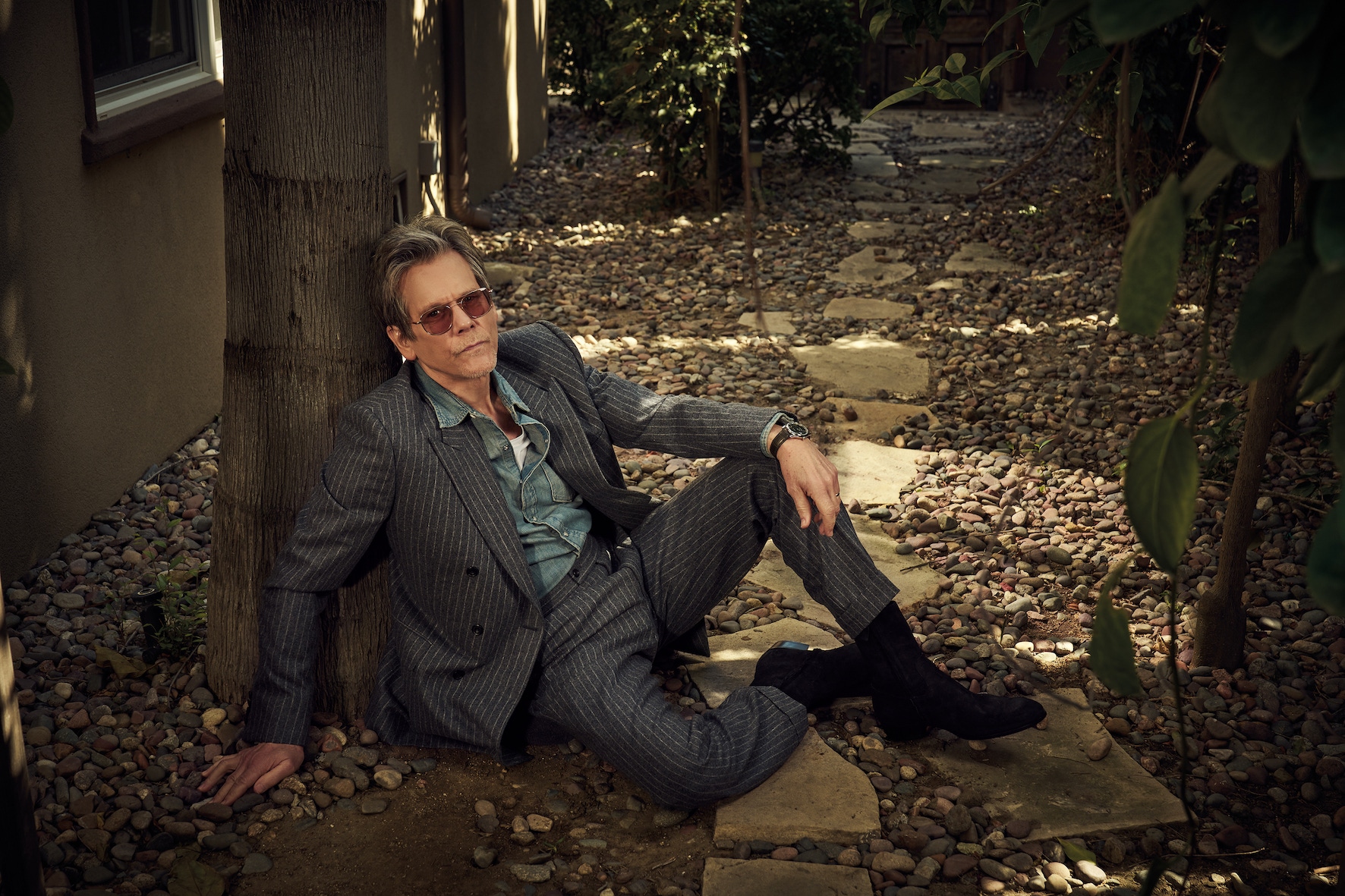Toasting Victory
Extreme circumstances call for extreme measures, and the heroes of the second world war did not disappoint. Our Libation Correspondent recommends a quartet of alcoholic beverages that will get you believing in Blighty again.

Sir Winston Churchill was a man of many characteristics, but what I enjoy most, when reading about him, was his frankness. “My rule of life prescribed as an absolutely sacred rite the smoking of cigars and also the drinking of alcohol before, after and, if need be, during all meals and the intervals between them,” he once said. There was no beating around any bushes. Throughout the war, it must have been Churchill’s commitment to a libation- led lifestyle that gave him the humanity and understanding to see what an important role alcohol had in raising spirits.
There are so many morale-raising stories from world war II that shine a light on the humanity of people who weren’t afraid to, I suppose, bend the rules. For instance, have you heard about the brave pilots who flew their Spitfires into Malta with the ammunition compartments replaced with cigarettes? More on that later. Whisky and, in particular, rum played a big part in both world wars, and if you’ve seen the BBC’s adaptation of Ben Macintyre’s book SAS: Rogue Heroes, you will have learnt all about (and, perhaps like me, fallen in love with) Paddy Mayne, a founding member of the SAS and one of the British army’s most highly decorated officers.
Then there is France, and the brave vignerons who hid wine, pissed in wine, and revolted against the Germans who tried to take their wine. And champagne! The ultimate drink for celebration. After all, it was in Reims, on May 7, 1945, that Germany finally signed the papers declaring its surrender. “During the war it wasn’t Champenois drinking champagne,” says Brigitte Batonnet, of the Comité Interprofessionnel du Vin de Champagne (CIVC) in Champagne. “It wasn’t the French drinking champagne. We had to supply the Germans. But after liberation, we supplied the Allied forces.” Victory meant champagne.
I will come back to celebratory champagnes shortly. One isn’t always in the mood for champagne. In fact, sometimes the only thing that will hit the spot is a nice cold beer. It must be one of the best tasting drinks on Earth when you are fighting for your country. After D-Day it became tricky to get essentials such as beer to the frontlines, and so the military took matters into their own hands. The Spitfire was used to take cigarettes to troops in Malta who were getting daily hammerings and, consequently, were pretty low on morale. As the fighter pilot Geoffrey Wellum writes in his book First Light: “I’m watching my guns being loaded with cigarettes.” “Bloody marvellous, isn’t it?” says Group Captain Walter Churchill, whom Wellum describes as “a highly decorated fighter pilot in his own right, a splendid leader and a very charming person”.
The Spitfire was also used to deliver beer kegs to Normandy. The beer was donated to the RAF by Henegar & Constable, and through a modification to the Spitfire Mk IX, the pylons beneath the wings (which were usually used for bombs and fuel tanks) were temporarily used for transporting beer barrels. Each of the tanks had a capacity of 45 gallons, allowing one Spitfire to deliver 90 gallons of beer to the front.
From the Imperial War Museum’s archive of Voices in War from V.E. Day, there are recordings of Churchill’s speech and the crowd’s reaction. A man called Samuel King said: “I took the bus to Weston- super-Mare, got off the bus, and a woman ran out of a pub and said, ‘Jamaican, come on, man, drink rum, the war is over’. Everybody was jumping about... and a small glass of rum was in front of me... I was glad to be alive.” If that isn’t the perfect excuse to enjoy a small glass of rum to celebrate our continued freedom, I don’t know what is.


Squadron 303 vodka
A vodka “made by heroes in England”. The 303 Squadron was the team of Polish pilots who joined the RAF after the defeat of Poland. It is believed that as well as bringing their bravery for the Battle of Britain, they brought their skill for the handcrafted distillation of vodka from potatoes. Squadron 303 is distilled in Cambridgeshire in a small copper pot still from King Edward potatoes.
The Tidal Rum, Jersey
A delicious rum that is made in the Caribbean but finished using botanicals hand-harvested from the shores of Jersey. The Channel Islands suffered under occupation in the war; at one point there were around 15,000 German soldiers on Jersey alone. Jersey was not liberated until a day later, on May 9, 1945, when British troops arrived on HMS Beagle.
Pol Roger, Cuvée Sir Winston Churchill, 2015
“My tastes are simple: I am easily satisfied with the best.” The words that have epitomised Pol Roger’s dedication to making the Cuvée Sir Winston Churchill in only the very best vintages. Pinot noir dominates these blends, giving them body and structure, the sort of champagne you really could have for breakfast and thrive on.
Plymouth Gin Navy Strength
The Navy Strength was very important during world war I, as the gin was often stored among gunpowder, and had the alcohol been any lower, it would have caused damage. A liquid becomes flammable at 100 proof, or 50 per cent ABV. Anything over 50 per cent means gunpowder is safe (and so are you, as long as you water it down a bit.) There is a tongue-in-cheek saying that gin saved lives during the second world war, for when Hitler bombed Plymouth a sailor was quoted as declaring, “Well, Hitler just lost the war!”
Photo credit: Getty Images



